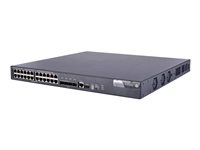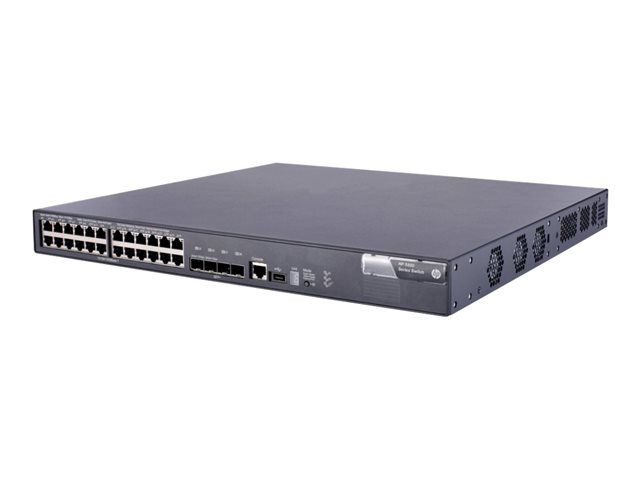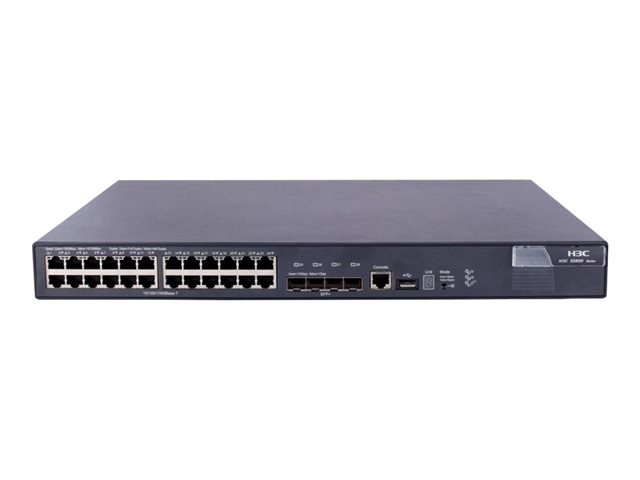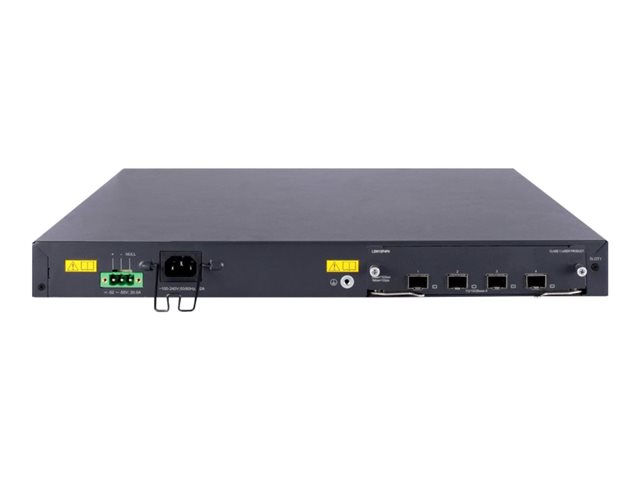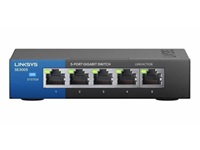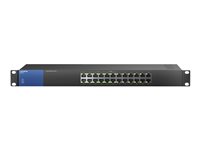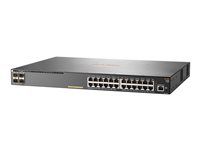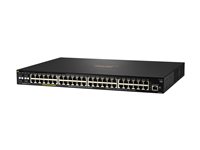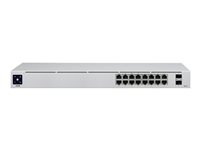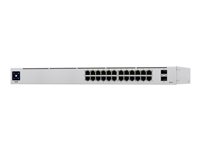General
Brand
HPE
Manufacturer
Hewlett Packard Enterprise
Model
5800-24G-PoE Switch
Packaged Quantity
1
Product Line
HPE
Dimensions & Weight
Depth
42.7 cm
Height
4.3 cm
Weight
8 kg
Width
44 cm
Flash Memory
Installed Size
512 MB
Miscellaneous
Encryption Algorithm
PKI
Networking
Advanced Switching
Layer 3
Manageable
Yes
Ports Qty
24
Power Over Ethernet (PoE)
PoE
Remote Management Protocol
RMON , HTTPS , SSH , Telnet , SNMP 3
Routing Protocol
OSPFv3 , PIM-SSM , Multiprotocol BGP , MSDP , VRRPE , Policy-based routing (PBR) , RIPng , OSPF , BGP-4 , IS-IS , RIP-1 , RIP-2 , BGP , IGMPv2 , IGMP , VRRP , OSPFv2 , PIM-SM , Static IP routing , PIM-DM , IGMPv3
Subcategory
Network hubs and switches
Subtype
Gigabit Ethernet
Type
Switch
RAM
Installed Size
512 MB




